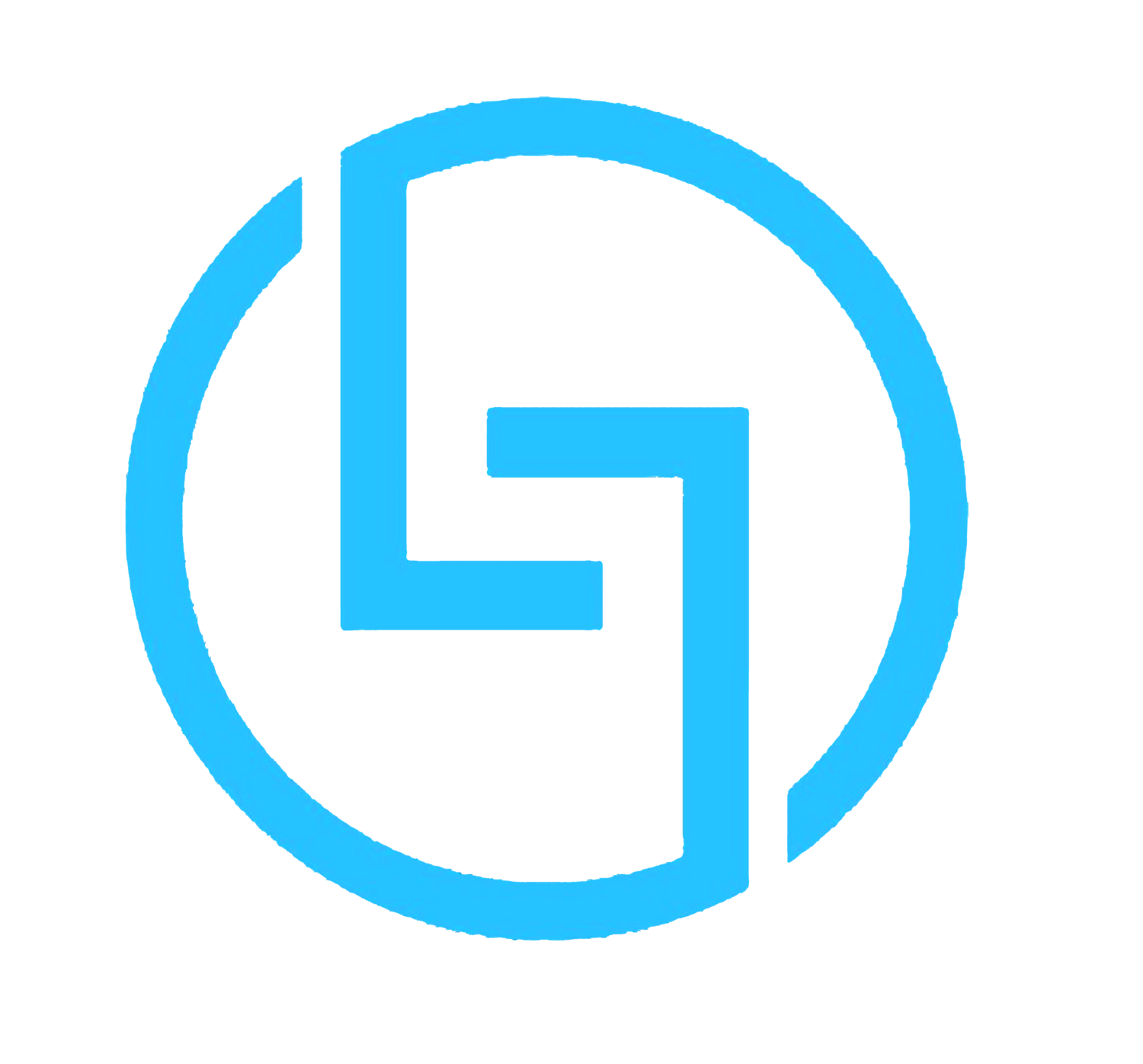Hi everyone! Welcome to our new website for Levaté. We hope you enjoy it. Of course, it's a work in progress, so feel free to shoot us an email (levatelift@gmail.com) with any comments, suggestions, or questions you have. This is the first website either of us (Ethan and Dillon) have made, but thankfully SquareSpace, our website building and hosting service, makes the process pretty easy.
Our plan is to use this part of the site to post more or less weekly updates on our progress. That should do two things. First, it will show you the progress we're making. Second, it will help keep us accountable! There were three big things we worked on in the past couple weeks: building a prototype in the OU machine shop, attending the endeavor games and networking with wheelchair users, and meeting with i2E in Oklahoma City to initiate the funding process.
So now, for the exciting part: the prototyping! The bulk of our machine shop work this past week went towards building a rough prototype that had a working pneumatic cylinder. By working, I mean to say that it lifted 200-300 lbs of weight (chair included) a full 12 inches off the ground. Unfortunately the air compressor we're using only reaches about 100 psi, and we need air pressure of about 150 psi for it to lift any substantial weight. The video below has more details:
Our next step is to find a compressed air tank that has the required pressure so that we can test it with weight on the chair. Though, we certainly had a "blast" welding this prototype together!
Alex in the OU machine shop welding the cylinders together!
The welded pneumatic cylinders. Surprising lightweight- they weigh less that 2 lbs combined. Notice how they actuate in opposite directions to gain double the lift of a single cylinder.
In the next day or two, we'll have more to report on the pneumatic cylinder after we find a suitable compressed air tank. Likely we'll just use a paintball gun type tank- the kind that's compressed up to 4500 psi or more.
In the meantime, we're also exploring the possibility of using a hydraulic cylinder (hydraulic = liquid, pneumatic = air) powered by a small motor. The advantages of this is that it could potentially lift more weight more easily, while also being easy to recharge. Everyone has a wall outlet, after all, whereas air compressors are less common. We'll have more to report on this in the next couple of days as well- Ethan has been spending many an hour visiting industrial supply shops to find the specific kind of cylinders we need.
We had the opportunity to attend the Endeavor Games on Friday, which Ethan and I loved. Everyone we spoke to there was kind, had a great attitude, and was willing to speak with us for a few minutes as we talked to them about Levaté. A lot of the wheelchair users we spoke with signed up to beta-test the lift, and we also got some great feedback.
For example, we hadn't thought too much about how much clearance Levaté would have to have off the ground when it's undeployed underneath the wheelchair. Jeremy, a canoe paddler aiming for the gold in Brazil, 2016, explained that he will often pop wheelies over small obstacles so that he doesn't have to go around them. For our lift to integrate seamlessly into the routine of someone like Jeremy, we couldn't risk having it clip or hit the ground while the user is performing such a maneuver.
Watching the table tennis matches at the 2014 Endeavor Games, UCO.
The other interesting feedback we heard makes us want to reinvestigate whether or not Levaté could be covered by insurance. It's our understanding that the vast majority of aftermarket accessories for wheelchairs are not insurance reimbursable. We heard from a couple wheelchair users in the past few weeks that they obtained power wheelchairs with lifts via insurance, as their provider judged that they were medically necessary to effectively transfer. Over the next week, I'd like to investigate whether we could make a similar argument: that Levaté could greatly improve the way manual wheelchair users transfer. It may come to naught, but it's a lead we should run down, since obtaining insurance reimbursement would be huge for us.
Finally, we met with i2E in Oklahoma City to begin the funding process. It's an exciting milestone to have reached the stage where outside investors are considering Levaté! We filled out a reasonable amount of paperwork, and we've done all we can for now. The investment officer at i2E that is managing us as a client will have to pitch us to i2E's investment committee, which is only phase one of a funding process that will take at least 2 months (and likely longer). Receiving the funding may take a while, but it will help us scale our prototyping so that we can manufacture enough to have a sizable beta-test and collect plenty of feedback and insights into how our product works in the real world.
As you can see, it's been a busy past couple weeks! Looking ahead, Ethan and I have quite a bit of work to do to move the prototyping forward. Right now, we're focusing on getting a working pneumatic or hydraulic cylinder. Then, we'll move on to the other components of Levaté.
I also want to chase that insurance question down- that is, whether or not there is a decent chance that the lift could be insurance reimbursable under certain circumstances.
Hopefully you've enjoyed the look into what the Levaté team is working on! As always, feel free to contact us (levatelift@gmail.com) with any questions or comments.
Ethan and Dillon




